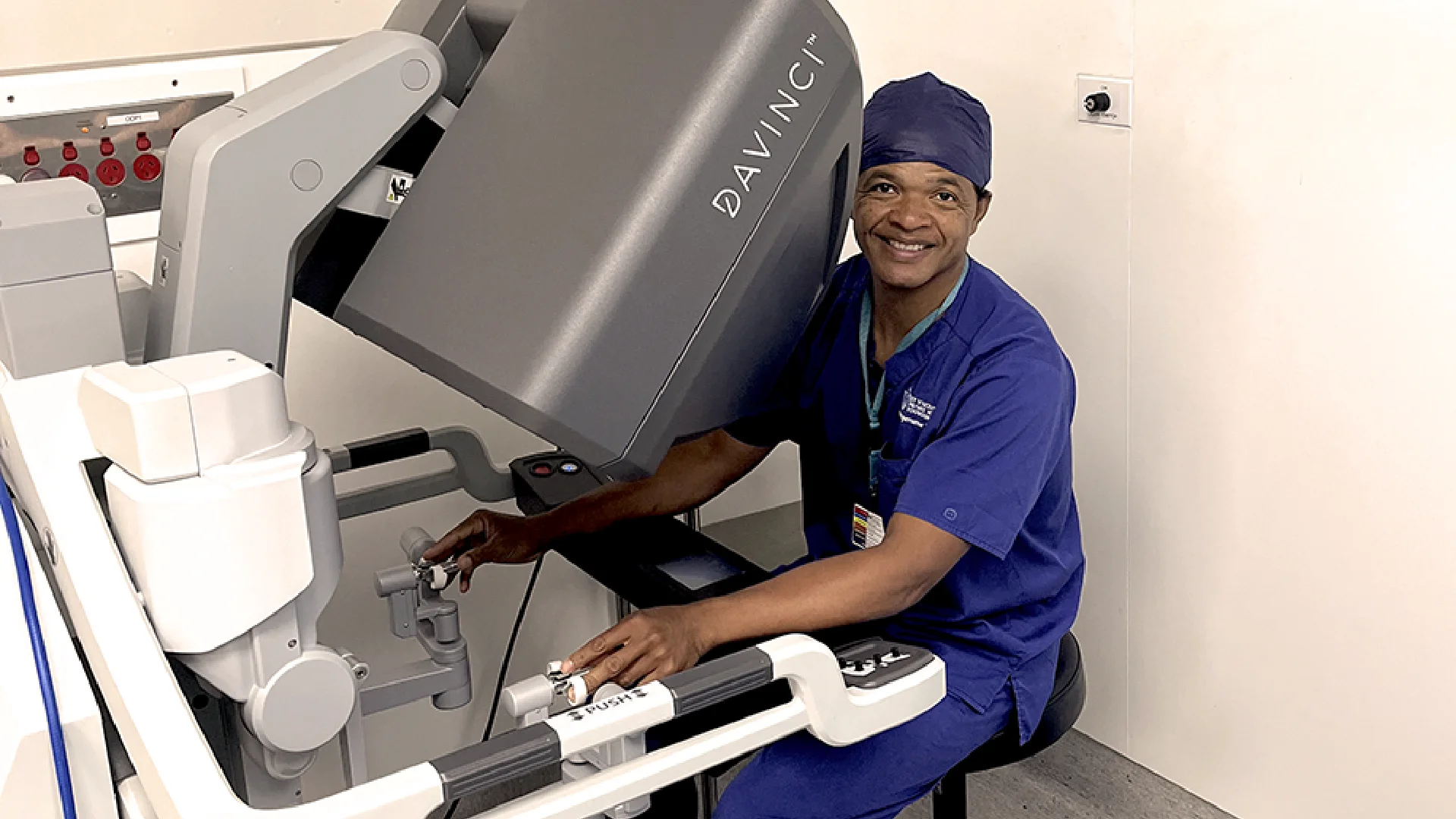Gynaecological surgery has evolved significantly over the years, with minimally invasive techniques transforming patient care. Traditional open surgery, once the standard for treating conditions such as fibroids, endometriosis, and ovarian cysts, has been largely replaced by less invasive methods that offer faster recovery and improved patient outcomes. Dr Lanziz Homar is dedicated to incorporating these advanced gynaecological care techniques to provide women with safer, more effective surgical options.
Understanding Minimally Invasive Gynaecological Surgery
Minimally invasive gynaecological surgery refers to advanced surgical techniques that use small incisions or natural body openings rather than large surgical cuts, and is commonly used to treat various gynaecological conditions. Dr Homar’s expertise in these techniques ensures that women receive the highest quality of care with minimal disruption to their daily lives.

Common Minimally Invasive Techniques in Gynaecology
Several minimally invasive techniques have revolutionised women’s health innovations, allowing for more precise and effective treatments. These include:
Laparoscopy in Gynaecology
Laparoscopic surgery involves small incisions through which a camera and surgical instruments are inserted. This method provides a clear view of the pelvic organs, enabling surgeons to diagnose and treat conditions such as endometriosis, ovarian cysts, and fibroids with minimal tissue disruption.
Robotic-Assisted Gynaecological Surgery
Robotic-assisted gynaecological surgery is an advanced form of laparoscopy that enhances precision and control. Using robotic arms controlled by Dr Homar, this technique allows for more intricate movements and improved visualisation, making it ideal for complex procedures such as hysterectomies and myomectomies. Dr Homar is highly experienced in using the da Vinci surgical systems to maintain enhanced precision during robotic-assisted gynaecological surgery.
Hysteroscopy
Hysteroscopy is a minimally invasive procedure that involves inserting a thin, lighted tube through the cervix to examine and treat conditions within the uterus, such as polyps or fibroids. Because no incisions are required, recovery time is minimal, and most patients can return to normal activities.
Benefits of Minimally Invasive Surgery for Patients
Minimally invasive surgery techniques have numerous advantages over traditional open surgery, making them the preferred choice for many women. These minimally invasive techniques benefits include:
- Smaller Incisions: Reduces scarring and leads to better cosmetic results.
- Less Postoperative Pain: Smaller wounds mean less pain and reduced reliance on pain medications.
- Lower Risk of Infection: Smaller incisions and shorter hospital stays decrease the chance of complications.
- Faster Recovery Times: Many patients can return to work and normal activities within days instead of weeks.
- Reduced Blood Loss: Minimises the need for transfusions and speeds up recovery.
Dr Homar prioritises patient comfort and wellbeing, ensuring that every surgical approach is tailored to individual needs.
Who is a Candidate for Minimally Invasive Surgery?
Not every patient is an immediate candidate for minimally invasive gynaecological surgery. Factors such as medical history, the severity of the condition, and overall health determine the best surgical approach. Dr Homar carefully evaluates each case, using state-of-the-art diagnostic tools to recommend the most appropriate treatment plan.
The Role of Technology in Advancing Minimally Invasive Surgery
Technology continues to play an important role in the evolution of minimally invasive techniques. Innovations such as high-definition imaging, 3D surgical navigation, and robotic-assisted procedures have significantly enhanced the precision and effectiveness of gynaecological surgeries.
One of the most significant advancements is robotic-assisted gynaecological surgery, which allows for superior precision, flexibility, and control. With the use of robotic arms, surgeons like Dr Homar at Toowoomba Obstetrics and Gynaecology can perform complex procedures through tiny incisions, reducing trauma to surrounding tissues and improving patient outcomes. The enhanced dexterity provided by robotics is particularly beneficial for intricate surgeries, such as deep endometriosis excision and complex hysterectomies.
High-definition imaging systems have also revolutionised laparoscopy in gynaecology by providing surgeons with crystal-clear, magnified views of the surgical site. This level of detail enables more accurate identification of abnormalities and precise tissue removal, leading to better surgical outcomes and reduced complications.
Dr Homar remains at the forefront of these advancements, continuously adopting new techniques and technologies to provide his patients with cutting-edge, minimally invasive gynaecological care.
Recovery and Post-Operative Care
Recovery from minimally invasive surgery is typically faster and more comfortable compared to traditional procedures. Most patients experience:
- Shorter Hospital Stays: Many procedures are performed as day surgeries or require only a brief hospital stay.
- Minimal Downtime: Patients can often resume light activities within a few days and return to full activity within a few weeks.
- Follow-Up Care: Regular post-surgical check-ups ensure a smooth recovery and address any concerns promptly.
Dr Homar provides comprehensive post-operative care to support his patients at every stage of their recovery.
Minimally invasive techniques are revolutionising gynaecological surgery, offering women safer, more comfortable, and highly effective treatment options. With innovations such as laparoscopy in gynaecology and robotic-assisted gynaecological surgery, patients can benefit from reduced pain, quicker recovery, and improved surgical outcomes. Dr Lanziz Homar (OBS GYN) is committed to providing advanced gynaecological care using the latest minimally invasive techniques to enhance women’s health and wellbeing.
If you’re considering gynaecological surgery, consult with Dr Homar to explore the best options tailored to your needs. Minimally invasive gynaecological surgery can make all the difference in your health journey, providing a path to faster recovery and improved quality of life.
